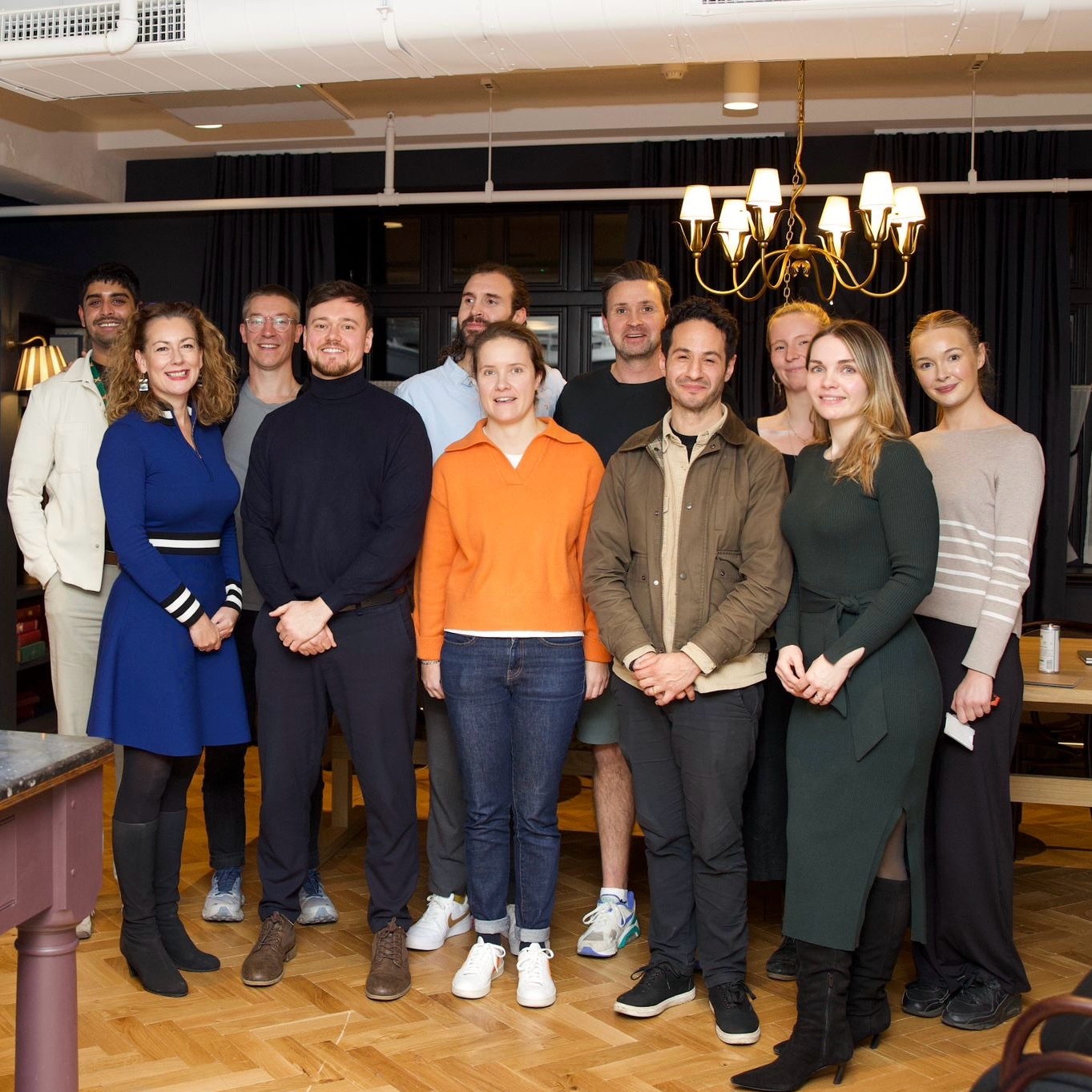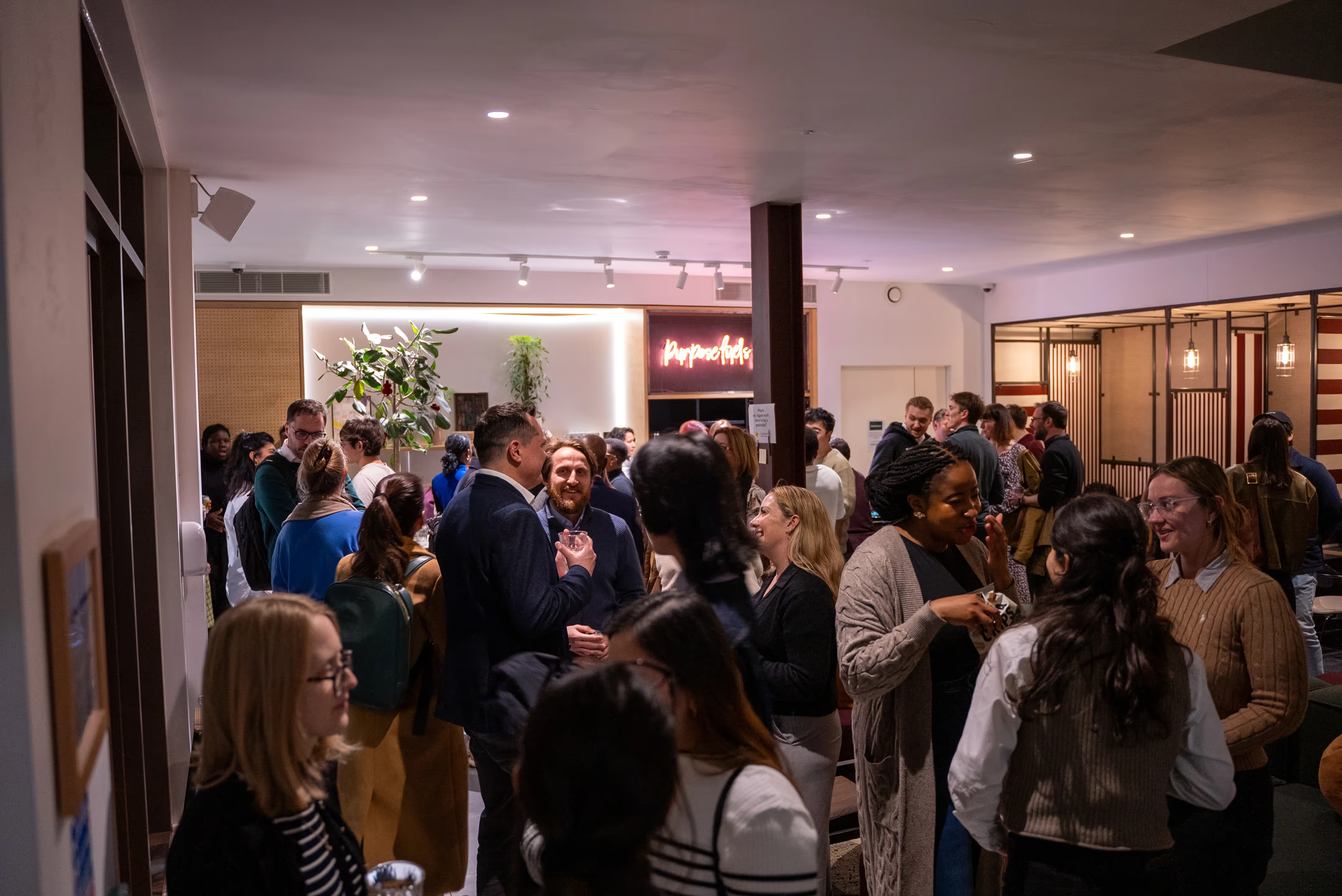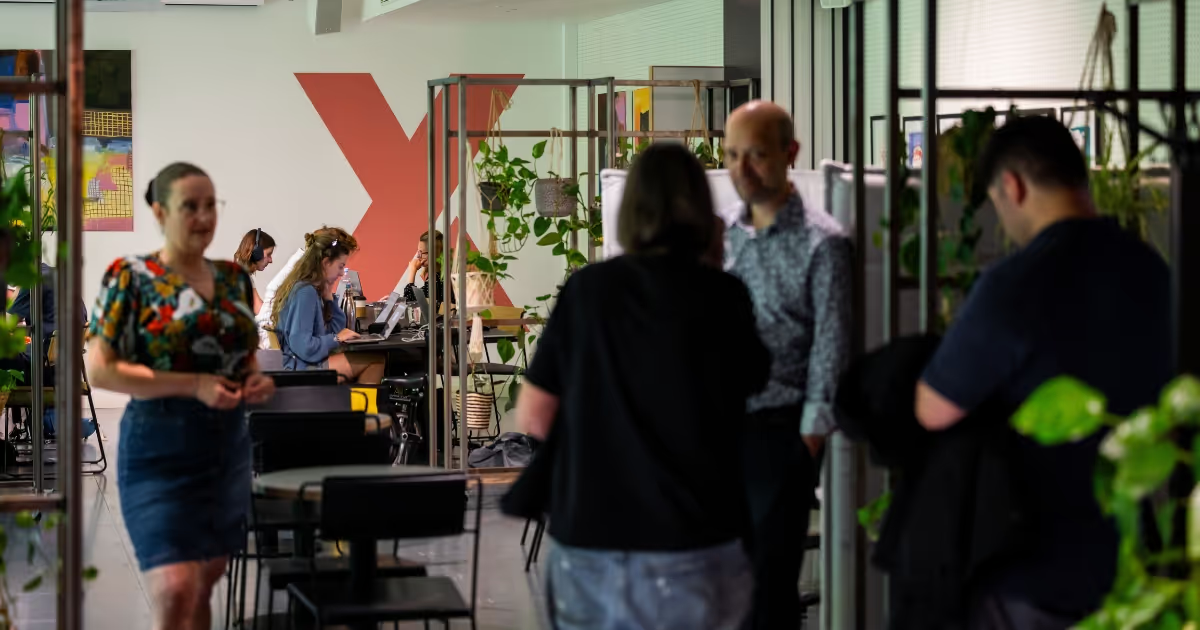With both studies and companies such as the B Corporation network visibly demonstrating that purpose propels profit, all while ensuring long-term longevity and wider social impact, knowing your North star has never been more crucial. The ancient wisdom of ‘Ikigai’ is a Japanese concept which loosely translates as ‘reason for being’. As the lens of the pandemic has many businesses questioning their founding principles, could the key tenets of Ikigai help you to align your strategy with people, planet, purpose and profit?
With both studies and companies such as the B Corporation network visibly demonstrating that purpose propels profit, all while ensuring long-term longevity and wider social impact, knowing your North star has never been more crucial. The ancient wisdom of ‘Ikigai’ is a Japanese concept which loosely translates as ‘reason for being’. As the lens of the pandemic has many businesses questioning their founding principles, could the key tenets of Ikigai help you to align your strategy with people, planet, purpose and profit?
{{divider}}
The modern interpretation of Ikigai tends to include 4 main elements: what you love, what the world needs, what you are good at and what you can be paid for. The original philosophy, thought to date back to the Heian period (794 to 1185 AD), didn’t include ‘what you can be paid for’. In earlier times, working out your Ikigai meant finding the ‘sweet spot’ between what you loved, what you were good at, and what the world needed. This could be volunteering or caring for your family. Alternatively, it could simply be aiming to show kindness every day. Ikigai can be thought of as an internal compass, helping to navigate us through difficult times.
{{divider}}
Ikigai is not a static concept. As we mature, and the world and our circumstances change, so can our ikigai change direction or evolve. Maybe you won’t discover your ikigai until later in life, when you learn something new that inspires you, or your flame might be sparked by injustice or a world issue. Alternatively, you might discover a new passion. The 4 key elements listed above can also be labelled as: passion, expertise, demand and value.
{{divider}}

Passionate Purpose
{{divider}}
For an individual, passion is about what you love to do. For a company, it's what work motivates the organisation's culture. This could be a specific activity, an impact you have in the world, or a customer you love to help. A few examples that come to mind: Apple loves to create beautiful technology, Toms Shoes loves to help communities that are underserved, and Google loves to organise information. The trick is that though there may be many things you love to do, only some of them will also meet the other criteria below.
{{divider}}
Finding your why is often a process, as opposed to an event. However thought leaders in the space such as Simon Sinek use frameworks such as the ‘Golden Circle’: Why, How and What. ‘What’ corresponds to the outer section of our brains, the neocortex – which thinks rationally and analytically. It helps us understand facts, figures, features and benefits.
{{divider}}
The other two elements (Why and How) correspond to the middle section of our brains, the limbic system. That limbic system is responsible for our feelings, decision making and behaviours. Crucially, this part of our brain has no capacity for language. Instead, it gives us a feeling (‘gut feeling’) about what to do, that we struggle to explain.
{{divider}}
Once we understand our Why, we can recognise what drives our behaviour, and what fulfils us. Importantly, we can make better-informed choices about what we do, in business, in our careers, in our lives.
{{divider}}
“If we want to feel an undying passion for our work, if we want to feel we are contributing to something bigger than ourselves, we all need to know our WHY.”
{{divider}}
{{divider}}

Entrepreneurial Expertise
{{divider}}
While you might love to do many things, you will only actually be good at some of them. And to live a meaningful life and be a well-balanced business, you need to make sure you're good at what you do. This is where ikigai departs from the common advice to just "do what you love" and everything else will follow. In fact, just doing what you love won't lead to a meaningful life. You need to be good at it too - this can mean leveraging innate talents and systems to build new ones, and / or experimenting with practicing something creative and new which might lead to discovering hidden strengths.
{{divider}}
If you an unsure of your / your business’ core competencies, asking better questions can often be more helpful than trying to guess answers. Some good questions to ask yourself might include: is there something people often compliment you / your business about? Is your business known as a leader, or the best for something? What is your competitive advantage? You can also use analytical frameworks to help you think more laterally about things, such as a SWOT analysis or PESTEL framework.
{{divider}}
Worldly Demands
{{divider}}
Regardless of whether you are an individual or a business, if the thing you focus on isn't really needed in the world, you're going to spend a lot of time making and doing things that will go unused and unappreciated. Your focus needs to provide a product or service that is desirable and needed by someone somewhere.
{{divider}}
While it's fine to have a niche, you need to make sure you have a sizable enough market to build a business around. Thankfully, in today's highly connected world, you can create very niche markets and reach them globally through the internet. Research is showing that, given a choice, many people will vote with their wallets and favour the company that is doing more good for people and our planet. According to Nielsen’s 2015 Sustainability Imperative Report, 66% of consumers would spend more on a product if it came from a sustainable brand.
{{divider}}
Connecting with those people whose values align with yours means they become your supporters, not just your customers. Consequently, they are more likely to tell their friends and colleagues about your company and your offer, helping spread the word without an expensive marketing campaign. Crucially, they become part of your ‘tribe’, rather than your competitors.
{{divider}}
What the world needs is complex and multifaceted, and now we know our future success needs different solutions. We need to regenerate living systems, recover finite resources, create circular, sustainable solutions. Just as importantly, we need fair, inclusive and responsible business models that support everyone in the system – suppliers, employees, customers, shareholders and wider society.
{{divider}}
Visible Value
{{divider}}
While you can find something you love, something you're good at, and something people need, if you can't charge enough for it to cover your costs plus make a reasonable profit, you won't be very successful. The problem your product or service solves needs to be important enough to incentivise people to part with their hard-earned money. If not, you're building a charity, not a business.
{{divider}}
Great businesses have found a sweet spot that covers all four of these factors and have mastered the art of ikigai. And, as they evolve and change along with the world, they continue to monitor and hone this balancing act. We can see that the overlap between ‘what the world needs’ and ‘what people will pay for’ can describe a wide range of customer problems to solve. In the language of the Business Model Canvas and Value Proposition, this is the ‘job to be done’. In short, these are things your customers are trying to get done in their work or lives. These ‘jobs’ could be tasks, problems they want to solve, or needs they’d like to satisfy.
{{divider}}
Harvard professor Clayton Christensen, the bestselling author of The Innovator’s Dilemma, helped popularise the ‘Jobs to be Done’ concept. Explaining ‘Jobs to be done’, the Christensen Institute says “People don’t simply buy products or services, they ‘hire’ them to make progress in specific circumstances. Getting clear on this can help us identify jobs we may be able to help them with, and crucially, that people will pay us for.
{{divider}}
The overlap and alignment between all four circles form our business ikigai. It is our purpose, our reason for being. It is the reason why we and our employees get up in the morning and invest precious time, effort, thinking, worrying and problem-solving into our business. We’re seeing that people, more than ever, want to feel like they are part of the solution, not part of the problem. Deep down, many people are scared about the future. On top of the pandemic, we are already seeing the disruption and disasters created by global warming.
{{divider}}
Companies that set their compass, their ‘true north’, towards making a better world, can engage people to help that mission. More than ever, employees, suppliers, shareholders and customers all want to support companies doing the right thing. The principles of the ikigai philosophy can be a simple and effective tool for a business purpose going beyond profit. It can clarify your business ‘why’, ensuring it is grounded in what the world truly needs: creative over consumption-focused circular systems can reduce resources consumption (and costs), create opportunities for new services and revenue streams, and build stronger, deeper relationships with customers and suppliers.
{{divider}}





.png)
.avif)


.avif)


.avif)
.avif)



